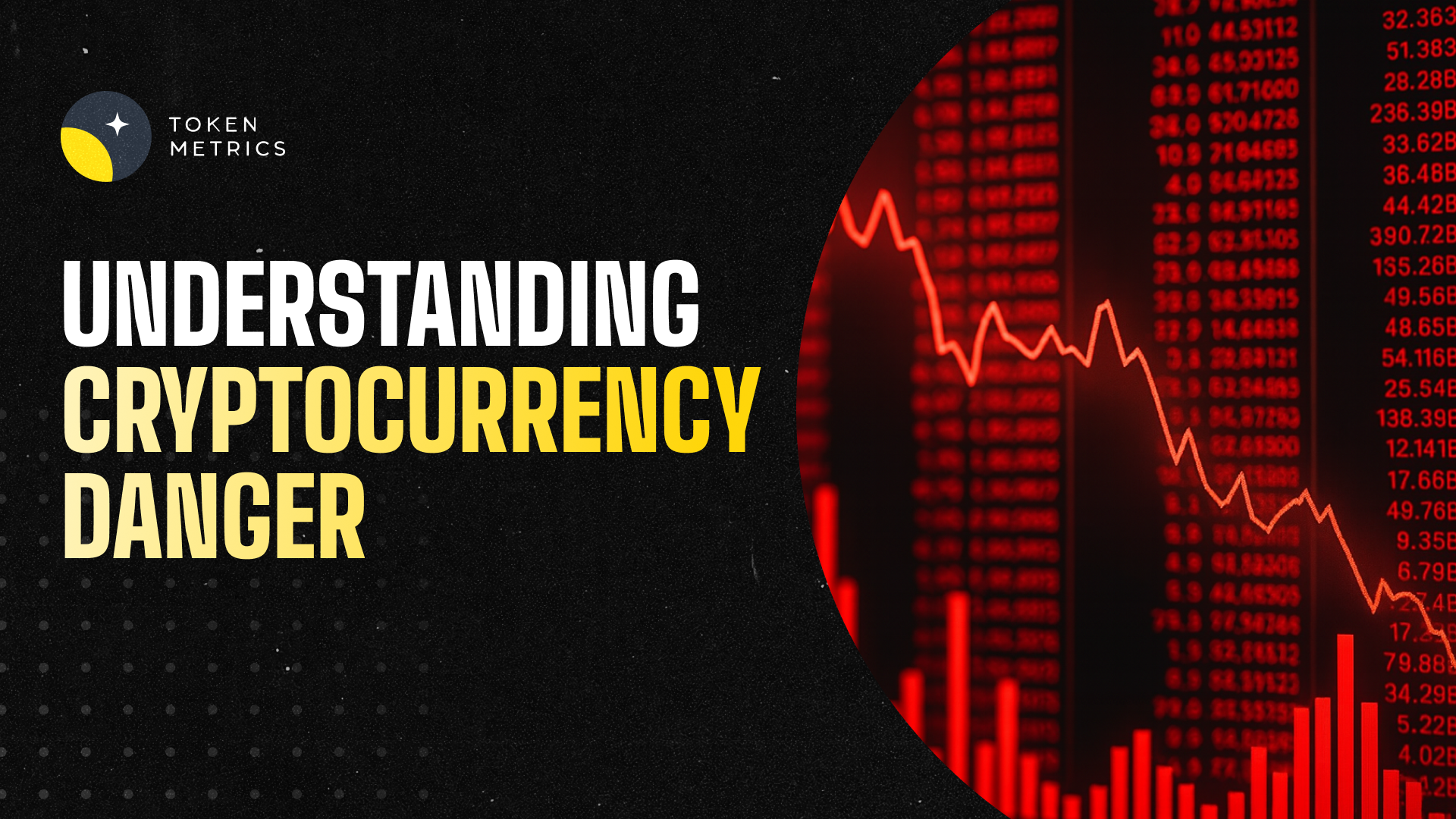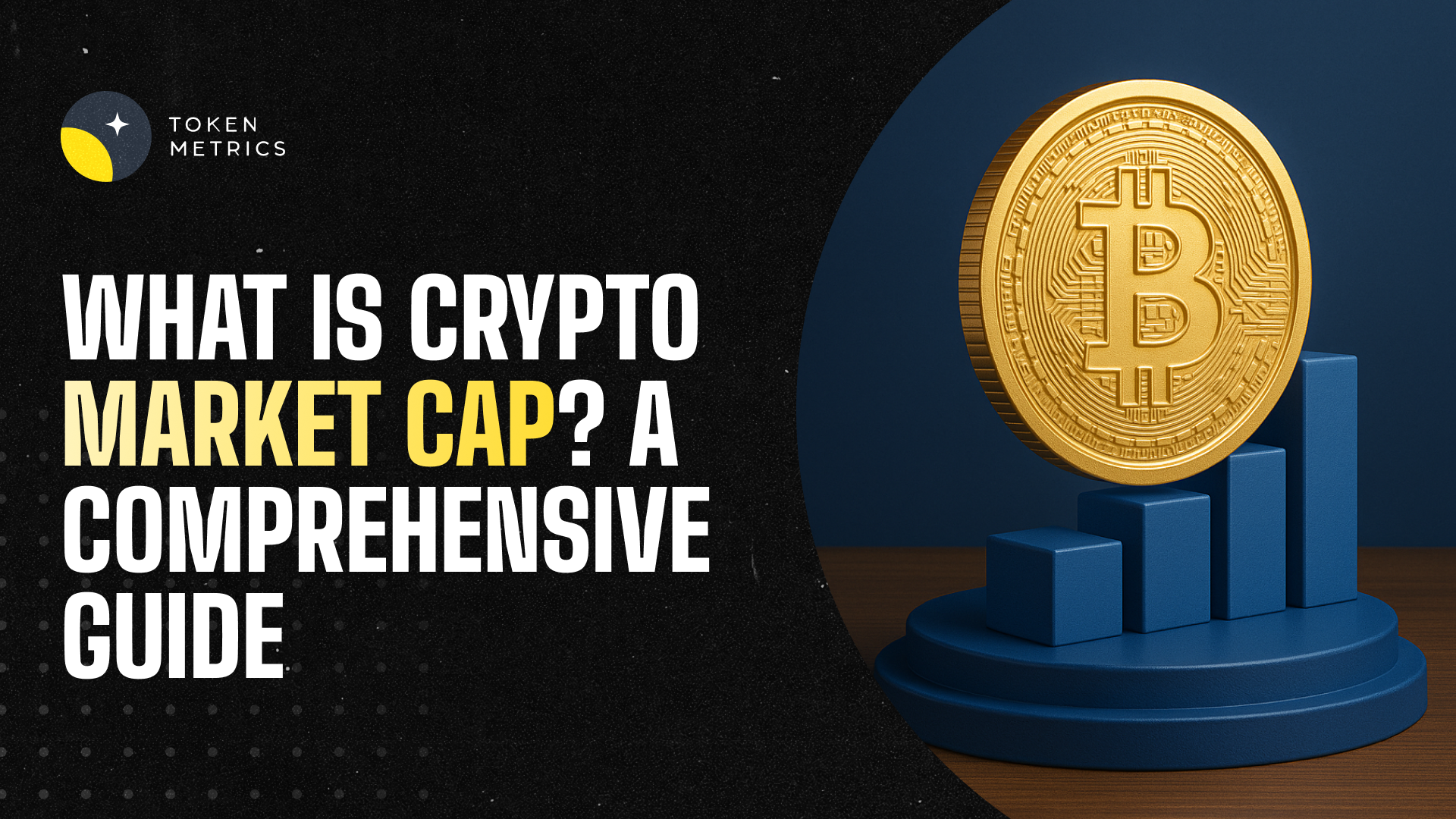
How Does Blockchain Power Web3 Applications? The Infrastructure Behind the Decentralized Web

The promise of Web3—a decentralized internet where users own their data, digital assets, and online identities—relies fundamentally on blockchain technology. Understanding how does blockchain power Web3 applications is essential for developers, investors, and anyone eager to participate in this new digital frontier.
The key features of blockchain technology—decentralization, transparency, security, immutability, smart contracts, and consensus mechanisms—collectively underpin the reliability and functionality of Web3 applications.
Blockchain technology forms the backbone of Web3 by enabling secure, transparent, and decentralized systems that empower users with greater control over their online interactions and digital ownership.
Introduction to Web3
Web3 marks a transformative shift in the digital world, introducing a new era where decentralization, digital ownership, and enhanced security are at the forefront. Unlike previous generations of the internet that relied on centralized servers and intermediaries, Web3 is built on blockchain technology, which enables secure, transparent, and tamper-proof transactions. This innovative approach gives users complete control over their digital assets, identity, and data, fundamentally changing how we interact online. With the emergence of decentralized apps (dApps) and decentralized autonomous organizations (DAOs), Web3 is set to revolutionize the way we manage, share, and own information in the digital age.
What Is Web3?
Web3 is the third generation of the internet, evolving beyond the static, read-only Web1 and the interactive but centralized Web2. At its core, Web3 leverages blockchain technology, decentralized networks, and smart contracts to empower users with greater control over their online interactions. In this new paradigm, individuals can own and manage their digital assets—such as cryptocurrencies and non-fungible tokens (NFTs)—without the oversight of a central authority. This decentralized approach not only enhances security and transparency but also allows users to participate directly in digital economies, making Web3 an attractive solution for both individuals and businesses seeking more autonomy and trust in their online experiences.
A Brief History of Web3
The journey toward Web3 began with the advent of blockchain networks and cryptocurrencies in the late 2000s, laying the groundwork for a decentralized digital landscape. The concept of Web3 gained momentum in the mid-2010s, as developers introduced decentralized apps (dApps) and decentralized finance (DeFi) platforms that challenged traditional systems. The rise of decentralized autonomous organizations (DAOs) and advancements in blockchain infrastructure further accelerated this evolution, enabling new forms of governance and collaboration. Today, innovations like cross-chain interoperability and robust DeFi platforms are driving Web3’s rapid growth, positioning it as a key force in reshaping the digital world and offering unprecedented opportunities for users and businesses alike.
The Foundation: Why Web3 Needs Blockchain
Traditional web applications depend heavily on centralized servers controlled by single entities. For example, when you use social media platforms like Facebook, your data is stored on their centralized servers. Similarly, payment processors such as PayPal validate and process your transactions through their own infrastructure. This centralization introduces single points of failure, increasing vulnerability to data breaches and identity theft. It also grants centralized platforms enormous control over user data and limits interoperability across different services.
Blockchain technology addresses these challenges by creating decentralized systems where data is distributed across thousands of independent computers, or nodes, worldwide. Instead of relying on centralized servers, blockchain networks use a decentralized ledger to record transactions securely and transparently. The decentralized ledger records transactions securely, transparently, and immutably, ensuring trustless verification without intermediaries. This decentralized infrastructure ensures that Web3 applications remain operational even if some nodes go offline, preventing any single party from censoring, manipulating, or controlling the network.
The main benefits of blockchain include cost savings, enhanced security, decentralization, and transparency. A key benefit of blockchain is its immutability: once data is recorded on the blockchain, it becomes nearly impossible to alter or delete. This feature creates permanent, transparent ownership records and transaction histories, enabling provable digital ownership and trustworthy governance mechanisms. Such transparency and security are foundational for the decentralized web, allowing users to interact online with confidence that their data and assets are protected from tampering by centralized entities.
Smart Contracts: The Engine of Web3 Applications
While blockchain provides the secure, distributed database for Web3, smart contracts act as the programmable logic that powers decentralized applications (dApps). These self-executing contracts contain code that automatically enforces rules and agreements, thereby eliminating intermediaries and the need for trusted third parties.
Smart contracts enable complex Web3 applications by automating processes traditionally overseen by humans or centralized institutions. In decentralized finance (DeFi), for example, smart contracts manage lending protocols, execute trades, and calculate interest payments without relying on traditional banks or payment processors. When you deposit cryptocurrency into a DeFi platform, smart contracts automatically update your balance and distribute earnings, eliminating the need for manual intervention.
Another powerful feature of smart contracts is their composability. Developers can combine existing smart contracts like building blocks to create sophisticated applications. This modularity has fueled rapid innovation in DeFi, where new financial products emerge by integrating lending, trading, and yield farming protocols seamlessly.
Smart contracts also underpin Decentralized Autonomous Organizations (DAOs), which use code to implement transparent governance. DAOs enable token holders to propose and vote on protocol changes, with smart contracts automatically executing approved decisions. This removes the need for a central authority, giving users greater control over the development and management of decentralized platforms.
Tokenization: Creating Digital Ownership and Incentives
One of the most transformative aspects of blockchain powering Web3 is tokenization—the creation of digital tokens that represent ownership, access rights, or value within applications. Tokenization introduces new economic models that align the interests of users and platform developers, moving away from traditional advertising-based revenue systems.
Utility tokens grant access to specific services within Web3 applications. For instance, decentralized storage networks like Filecoin use tokens to incentivize storage providers and allow users to pay for data storage. This creates a self-sustaining ecosystem where participants are rewarded fairly without relying on centralized companies.
Governance tokens provide holders with voting rights on protocol decisions, fostering community-driven development. Many successful DeFi platforms distribute governance tokens to early users, enabling them to influence the platform’s evolution and share in its success. Tokenization and blockchain technology also enable individuals to own their data and give users control over their digital assets and online interactions.
A particularly exciting innovation is the rise of non-fungible tokens (NFTs), which represent unique digital items such as digital art, gaming assets, domain names, and virtual real estate. Blockchain ensures that NFT ownership records are transparent, verifiable, and immutable, allowing users to truly own digital assets in the digital world.
Digital Identity and Data Ownership in Web3
In the Web3 ecosystem, digital identity and data ownership are foundational principles that set it apart from traditional systems. Users have complete control over their personal data, which is securely stored on decentralized networks and protected by advanced cryptographic methods, such as private keys and multi-party computation. This decentralized approach significantly reduces the risk of identity theft and data breaches, common vulnerabilities in legacy platforms. With Web3, individuals can verify transactions and maintain ownership of their digital assets—including NFTs and cryptocurrencies—without relying on intermediaries like traditional banks or payment processors. Decentralized finance (DeFi) platforms and decentralized apps (dApps) further empower users to access financial services, such as lending and borrowing, in a secure, transparent, and user-centric environment, ensuring that data ownership and privacy remain firmly in the hands of the individual.
Decentralized Infrastructure: Storage, Computing, and Networking
Web3 applications require more than just blockchain for recording transactions—they need decentralized alternatives to traditional cloud infrastructure for storage, computing, and networking. Decentralized storage and computing networks are also innovating to reduce energy consumption and improve resource efficiency, supporting the development of greener and more sustainable digital infrastructure.
Decentralized storage networks like IPFS (InterPlanetary File System) and Arweave distribute files across independent nodes, enhancing censorship resistance and reducing reliance on centralized platforms such as Amazon Web Services. These networks use blockchain incentives to reward participants who store data, creating a robust and distributed storage layer.
Decentralized computing platforms such as Ethereum enable developers to run complex applications on a distributed network rather than on centralized servers. Although Ethereum’s computational capacity is currently limited compared to traditional cloud providers, newer blockchains like Solana and Polygon offer higher throughput and lower transaction costs, making decentralized apps more practical for everyday use.
Blockchain-based domain name systems, like the Ethereum Name Service (ENS), provide alternatives to traditional DNS. These systems allow users to register domain names that are resistant to censorship and seizure by governments or corporations, ensuring that Web3 applications remain accessible under all conditions.
Blockchain Security: Safeguarding the Decentralized Web
Security is a cornerstone of blockchain technology and a key reason why Web3 can deliver a trustworthy decentralized web. Blockchain networks employ robust consensus mechanisms—such as proof-of-work (PoW) and proof-of-stake (PoS)—to validate transactions and protect against data breaches and malicious attacks. The decentralized structure of these networks, with data distributed across multiple computers and verified by a global network of nodes, makes it extremely difficult for hackers to alter or compromise information. Smart contracts add another layer of security by automating agreements and eliminating the need for intermediaries, ensuring that online interactions are both transparent and tamper-proof. By combining these advanced security measures, Web3 creates a resilient environment where users can interact, transact, and share data with confidence, free from the vulnerabilities associated with centralized systems.
Real-World Examples: Blockchain-Powered Web3 Applications
Examining real-world applications helps illustrate how does blockchain power Web3 applications in practice. Uniswap, a leading decentralized exchange, showcases the integration of blockchain components to create a fully functional Web3 platform.
Uniswap operates on the Ethereum blockchain using smart contracts to facilitate secure and transparent financial transactions. It allows users to interact directly with other market participants for peer-to-peer cryptocurrency trading without centralized order books or intermediaries. Liquidity providers deposit token pairs into smart contract pools and earn fees from trades. The automated market maker algorithm embedded in smart contracts determines exchange rates based on pool balances, allowing users to trade directly without intermediaries.
The platform’s governance token, UNI, empowers the community to vote on fee structures, supported tokens, and protocol upgrades. Smart contracts automatically implement approved proposals, ensuring that no single entity controls the exchange’s operations or governance.
Gaming applications like Axie Infinity highlight blockchain’s role in creating play-to-earn economies. Players own game characters as NFTs, enabling true digital ownership that persists outside the game. Users can trade characters, breed new ones, and earn cryptocurrency through gameplay, opening economic opportunities impossible in traditional centralized gaming platforms.
Blockchain technology is also transforming supply chains by enabling tamper-proof tracking and transparency across the entire supply chain. Products are assigned unique digital identities on the blockchain, allowing companies to verify authenticity, prevent counterfeiting, and streamline logistics. This ensures that all market participants can trace goods from manufacturing to retail, improving trust and efficiency throughout supply chains.
Scalability Solutions: Making Web3 Practical
Despite its advantages, blockchain technology faces challenges regarding transaction speed and cost, which can hinder mass adoption of Web3 applications. To address these issues, developers have introduced scalability solutions that maintain security while improving performance.
Layer-2 solutions such as Polygon and Arbitrum process transactions off the main Ethereum blockchain and periodically settle on-chain. This approach reduces fees and confirmation times, enabling users to interact with DeFi platforms, trade NFTs, and participate in DAOs with an experience comparable to traditional apps.
Alternative blockchains like Solana and Avalanche offer high throughput at the base layer, supporting real-time interactions and complex applications. While these platforms may trade some degree of decentralization for performance, they provide valuable options for Web3 projects with demanding scalability needs.
Investment Opportunities in Blockchain Infrastructure
The growing infrastructure powering Web3 applications presents attractive investment opportunities across various layers of the blockchain ecosystem. From base layer blockchains to specialized infrastructure tokens, investors can gain exposure to the expanding decentralized economy.
For those interested in capitalizing on blockchain adoption and the rise of Web3, thorough analysis is critical to distinguish promising projects from speculative ventures. Platforms like Token Metrics offer advanced crypto trading and analytics tools that help investors evaluate blockchain infrastructure projects, monitor adoption trends, and identify long-term opportunities.
By understanding the fundamental drivers behind blockchain networks, investors can position themselves strategically in the evolving Web3 landscape. Investment in blockchain infrastructure is also driving innovation and expanding opportunities in the global economy.
The Future of Blockchain-Powered Web3
As blockchain technology advances, its ability to power sophisticated Web3 applications will continue to grow. Improvements in scalability, cross-chain interoperability, and user experience are making decentralized apps more accessible and practical for mainstream users.
Emerging cross-chain protocols allow Web3 applications to leverage multiple blockchains simultaneously, combining the strengths of different networks. This interoperability will be essential as the decentralized ecosystem matures and blockchains specialize in various functions.
Blockchain-powered digital identities will enable users to securely and privately access services such as banking, healthcare, and voting in the future Web3 ecosystem, thanks to decentralized identity systems that facilitate access services.
Moreover, the integration of blockchain with cutting-edge technologies like artificial intelligence (AI) and the Internet of Things (IoT) promises to unlock new possibilities. By combining secure identity management, decentralized data sharing, and AI-driven insights, future Web3 applications will offer unprecedented levels of user empowerment and functionality.
In this digital future, blockchain will remain the foundational infrastructure enabling a truly decentralized web—one where users have full control over their data, digital assets, and online identities, transforming how we interact with the digital world and the real world economy alike.

.svg)

Create Your Free Token Metrics Account

.png)




%201.svg)
%201.svg)


%201.svg)

















.svg)




.png)